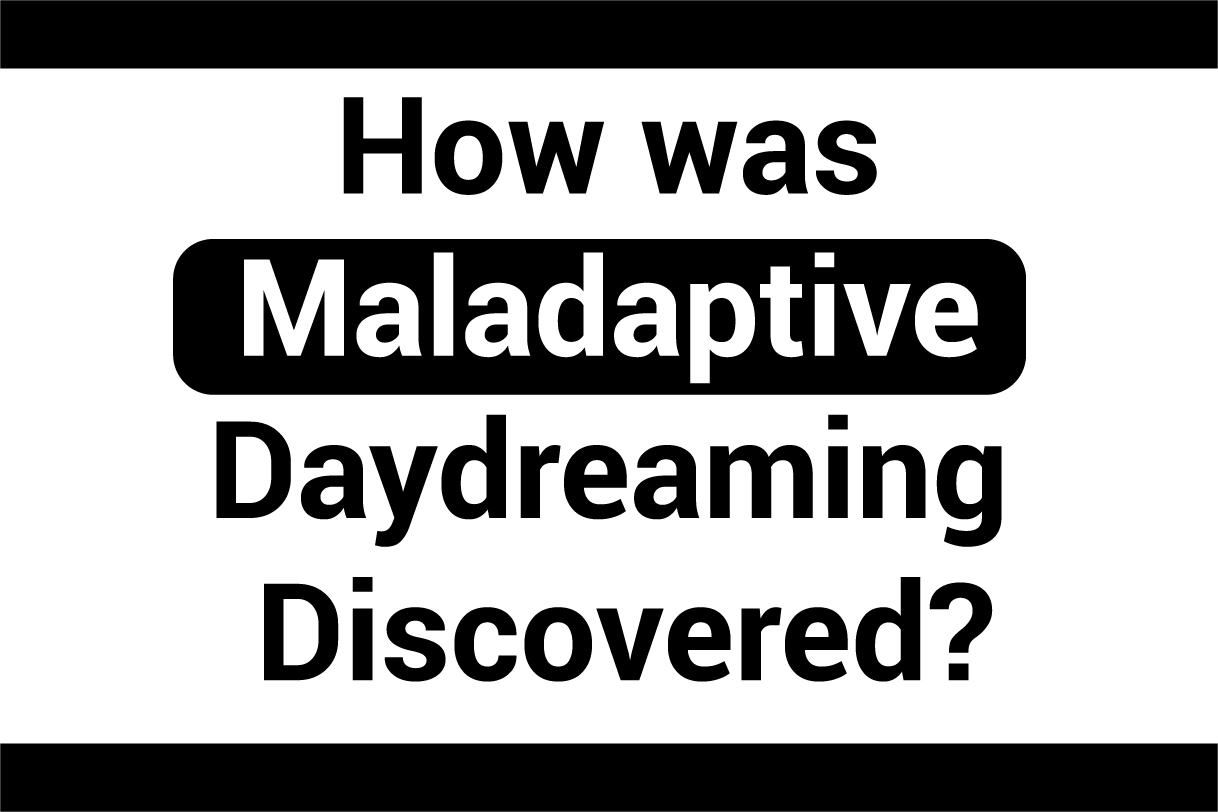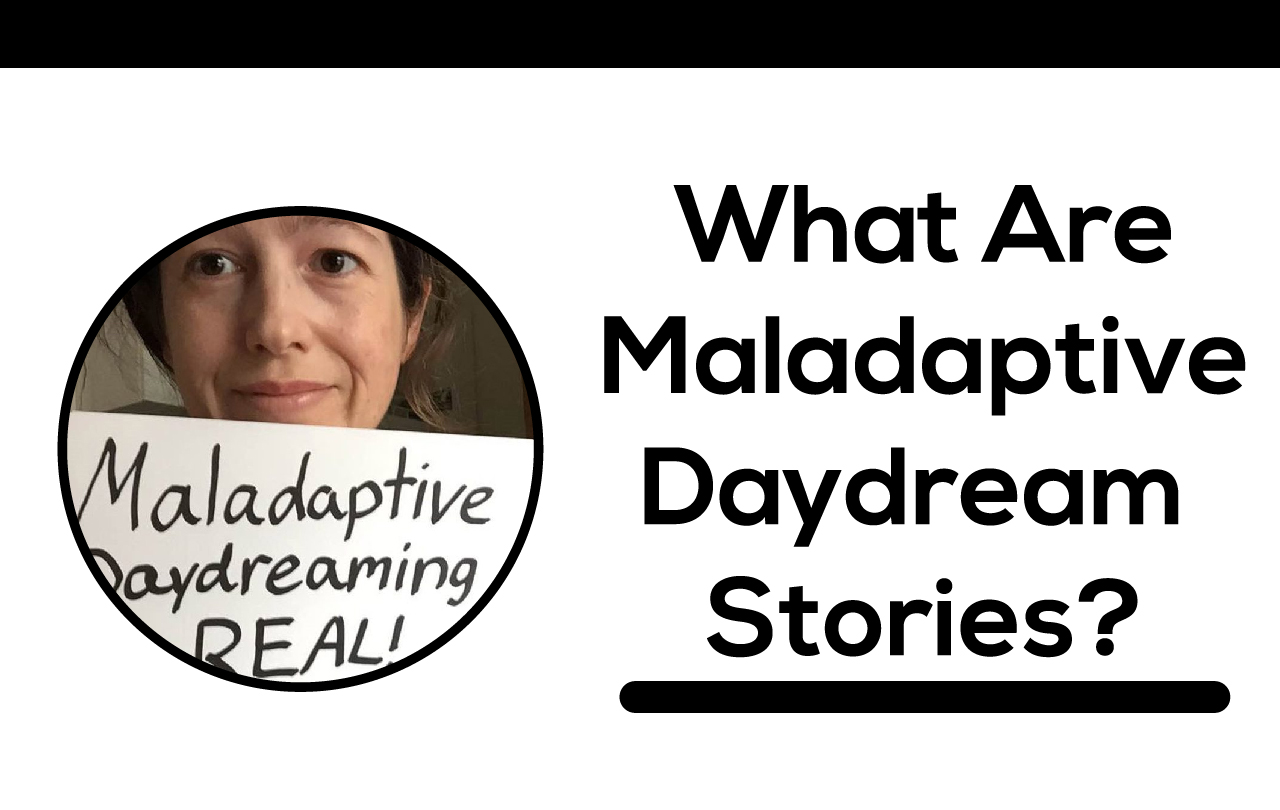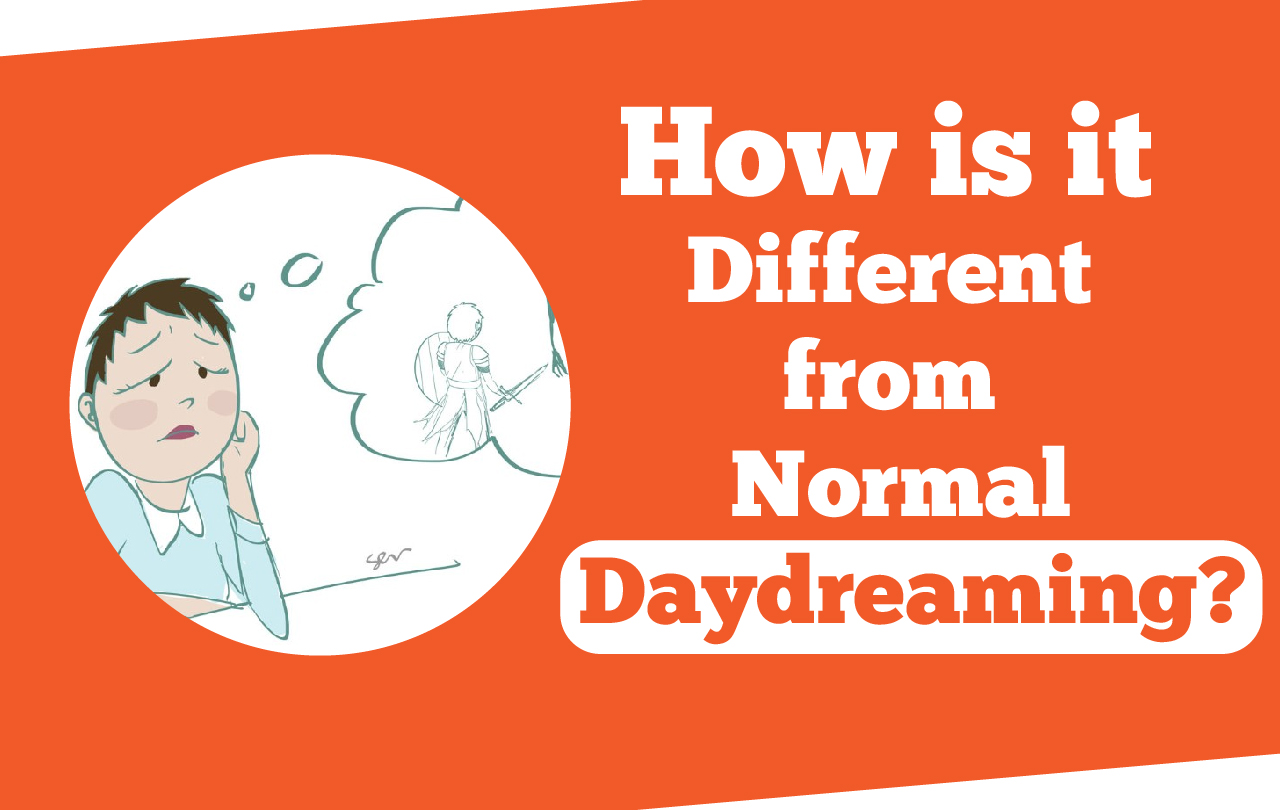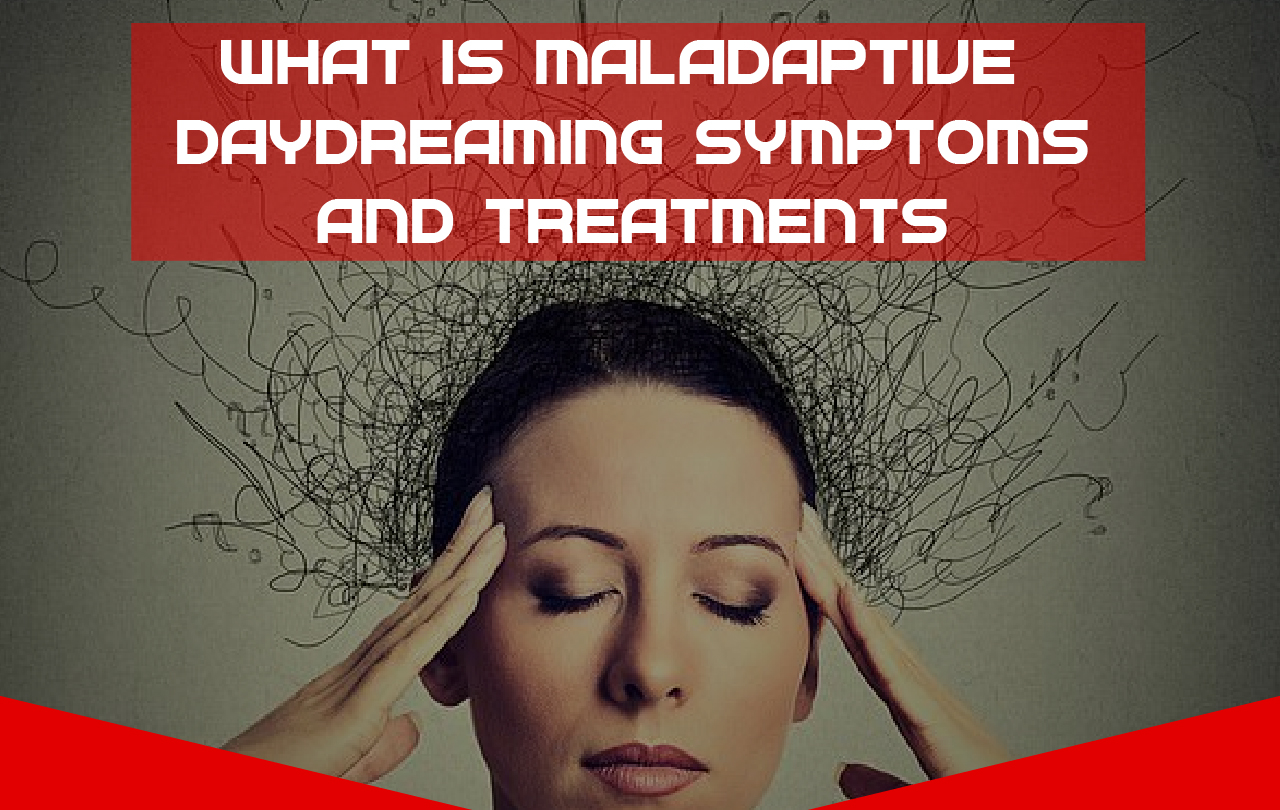Table of Contents
Are you exploring on the internet to know about maladaptive daydreaming? According to the psychologist who identified maladaptive daydreaming, it is “an excessive and vivid fantasy activity that interferes with an individual’s normal functioning and can result in severe distress.”
There are two kinds of daydreaming: healthy daydreaming and maladaptive daydreaming. Maladaptive daydreaming is when your daydreams go beyond an exceptional distraction from boredom and turn into something that disrupts your life. Some common symptoms include:
- Daydreams that are incredibly detailed and/or immersive
- Very long daydreams (the average whole time spent daydreaming for maladaptive daydreamers is four hours per day)
- Daydreams that are difficult to stop or escape
- Inability to accomplish daily tasks because you’re stuck in a daydream
- Insomnia due to daydreaming
- Daydreams triggered by external stimuli, like music or movies

How was Maladaptive Daydreaming Discovered?
Somer’s “discovery” of MD about 21 years ago came as a sort of coincidence, he said. Several cases in my trauma study were alluding to their vision time. The descriptions of their mental action caught my attention because it represented a very vivid form of fantasy. Because it was associated with impairment of functioning, I called it ‘maladaptive daydreaming.’
This study explores the recently defined phenomenon of Maladaptive Daydreaming (MD) and attempts to enhance the understanding of its highlights. It documents the experiences of 340 self-identified maladaptive daydreamers who consume excessive sums of time engaged in mental fiction lives, in comparison to 107 controls. Our sample involved a total of 447 individuals, aged 13–78, from 45 countries who responded to online announcements. Members answered quantitative and qualitative questions about their daydreaming habits and completed seven questionnaires assessing mental health symptoms.

What Are Maladaptive Daydream Stories?
Once you are conscious of your maladaptive daydreams, or if you take the time to analyze what kind of daydreams you’re having, you will sometimes realize that your daydreams likely follow certain classic “stories.” In your daydreams, you may take on the caretaker role, the savior role, or other roles, and people in your life may take on the villain role, the love interest role, and so on. While the original content of the daydream may change from day to day (although many maladaptive daydreamers repeat daydreams over and over) the underlying archetypes and storylines often remain the same.
For me, my maladaptive daydream stories typically cast me as the savior and victim simultaneously. I would be mortally wounded, but still saving others. I would be tragically betrayed, but still, try to make others feel better. We often take on roles in our daydreams that we feel unable to fill in the real world, so it makes sense that I was drawn to both the hero and the victim. I never felt good enough to help anyone else, but also like nothing was bad enough for me to be the one being helped. I felt very in the middle, kind of nothing, so in my daydreams, I became everything.
What Causes Maladaptive Daydreaming?
Research on maladaptive daydreaming is all fairly recent and psychologists don’t understand it fully yet. Right now, it is not a diagnosis in the Diagnostic and Statistical Manual, Fifth Edition (DSM-V) but there are several ways it may feature in the next edition.
Currently, there are many various theories about what causes maladaptive daydreaming. One theory is that it is a type of behavioral addiction. Another idea is that it may be a symptom of disorders like ADHD, depression, OCD, and trauma disorders. Another idea is that it may be its disorder entirely. But the theory I relate to best is the idea of dissociative absorption.
The theory is that some people (consciously or subconsciously) use daydreams to dissociate from their surroundings or their regular inner life. Instead of being a symptom of another disorder, it may be a coping mechanism gone wrong. Maladaptive daydreaming dissociation is generally (though not always) more pleasant than regular dissociation because instead of turning off all of your emotions and becoming numb, you get to create and explore another world, one that is distinctly different from the real world that is causing you distress.

How is it Different from Normal Daydreaming?
According to the American Psychiatric Association, any behavior or mental state can be regarded as pathological if it creates distress and/or interferes with some important area of functioning. This is what sets maladaptive daydreaming apart from typical daydreaming, Somer stated.
How is MD Diagnosed?
Through analysis, Somer devised a 16-item Maladaptive Daydreaming Scale. Clinicians will typically use his scale, as well as a structured interview, to make a diagnosis. Patients are asked to refer to their daydreaming activities in the last month and evaluate how often those activities occur. Some people become so caught up in their daydreaming that they forget wherever they are. How often do you misremember where you are when you daydream?
What Has Changed About MD since the Discovery?
To write his seminal paper coining the term in 2002, Somer had used trauma survivors in his therapy practice as subjects. So he concluded, then, that MD was another form of post-traumatic dissociation. But upon further research, he discovered that although MD is related to trauma and more prevalent among survivors, trauma is not a necessary precursor to MD.
Since the publication of that paper, research in the field has flourished. More than 32 peer-reviewed scientific articles have been published on maladaptive daydreaming. “Suffice for me to say that I am confident we have established MD as a reliable and distinct construct,” Somer said.
Conclusion
Though there has been no definite evidence of maladaptive Daydreaming being a distinct disorder. This disorder requires further investigations and studies. This disorder is comorbid with various other disorders and the time and resources invested cause not only functional distress but also emotional distress.
Further studies are required to develop therapy guidelines for individuals battling MD so that they will be able to take control of their compulsion to daydream. Share your valuable thoughts and suggestions in the comment box section below.

